

Matt Campbell
2025 Porsche 911 Carrera T review
5 Days Ago

Contributor
Volvo has pulled the covers off its manifesto for a pure-electric future: the Volvo Concept Recharge.
Volvo has confirmed the next XC60 and XC90 will be electric – they’re also likely to borrow heavily from what you see here.
The brand has followed the mantra of less but better by removing the complexities of an internal-combustion engine, allowing designers to “evolve the car’s proportions” and improve interior space.
The next-generation Volvo electric car will feature flat floors, with batteries positioned underneath in the now-common skateboard layout.
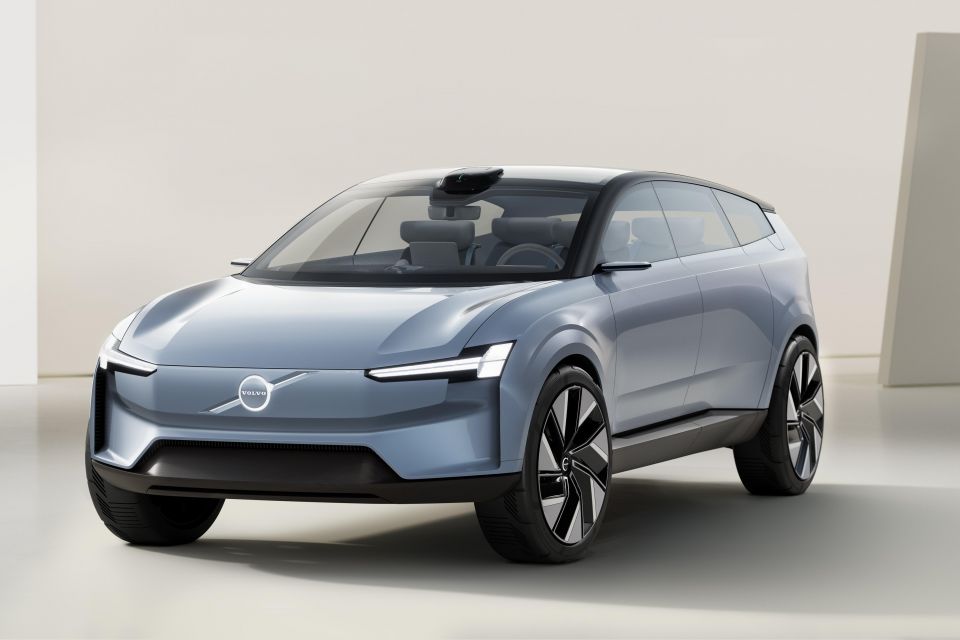
Volvo is yet to release power or dimensions for the concept, but expect the Recharge to be similar in size to the seven-seat XC90 SUV.
The brand claims by using a flat floor design, designers have been able to extend the wheelbase and the wheel size of the car.
Designers have also been able to reposition the seats, optimise the roof profile and lower the front hood to give a similar driving experience to cars such as the XC40, XC60, and XC90.
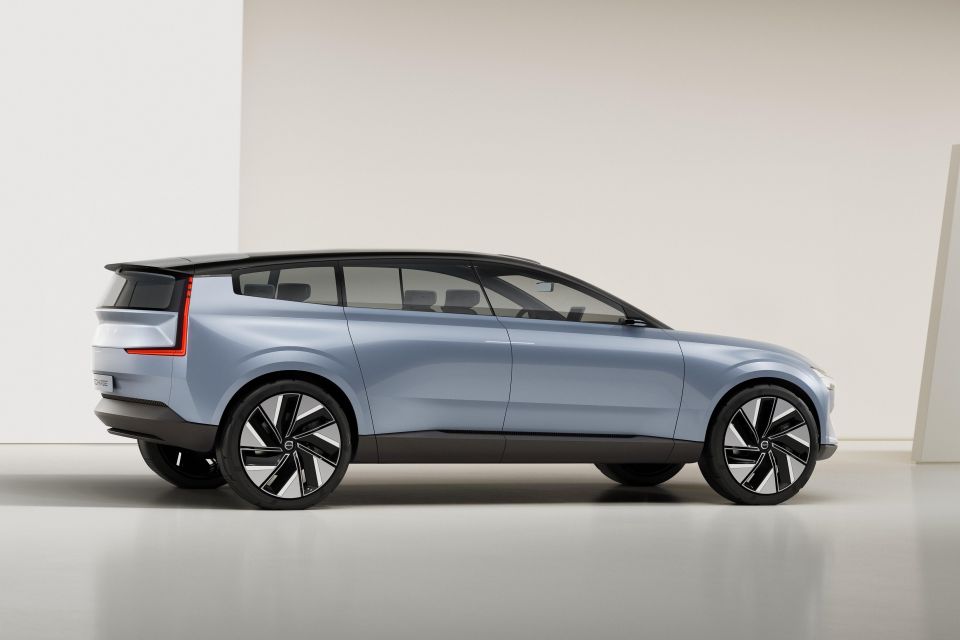
Key differences include the deletion of the front grille, which is now replaced by a shield-like structure.
Volvo fans will be happy to see the signature Thor’s Hammer LED headlights remain as they were, but they’ve been restyled for a cleaner look.
Inside, the statement piece is a new 15.0-inch touchscreen which will debut the company’s next-generation connected infotainment system.
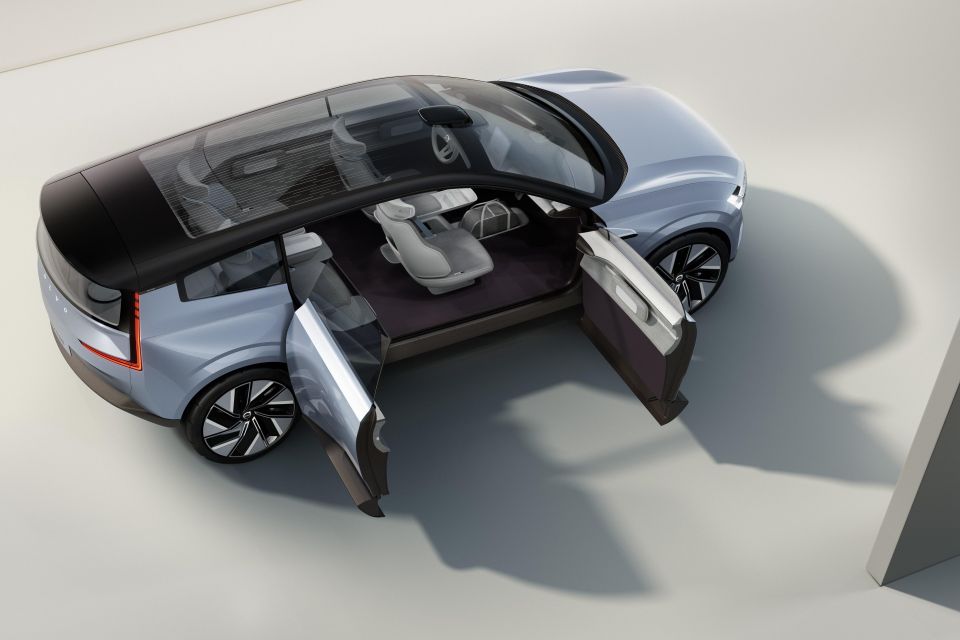
Volvo has announced it will develop its own operating system, Volvocars.OS, alongside Google. It’ll have a focus on simplicity to keep drivers focused on the road.
Going forward, Volvo will evolve the current interior design language to lean even harder on its Scandinavian heritage, with clean lines and sustainable materials.
“Inside the Concept Recharge, we create a truly Scandinavian living room feeling,” said Robin Page, head of design.
“The interior integrates our latest user experience technology with beautiful, sustainable and natural materials. Each part of the interior is like a piece of art and could stand alone as individual furniture in a room.”
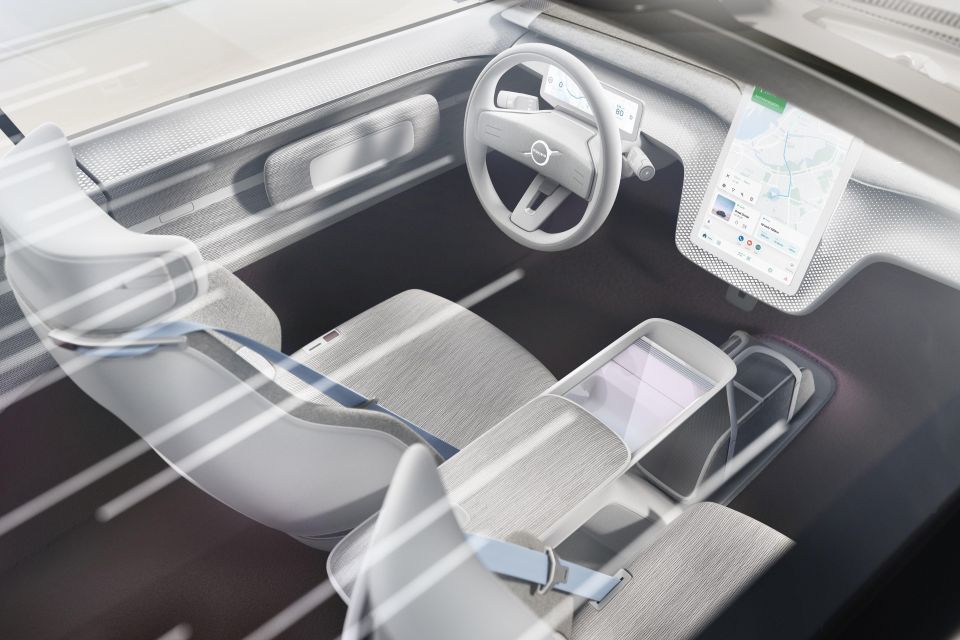
On the safety side of things, the Recharge Concept will come fitted as standard with a LiDAR sensor which is positioned centrally on the roof.
LiDAR is a type of sensor that uses laser light to target and detect incoming objects, and is a relatively new technology expected to become central to autonomous driving.
This sensor is part of Volvo’s plan for autonomous drive technology.
The technology will allow for the car to take over in dangerous situations where there’s delayed input from the driver. Volvo says its safety systems are designed not to be intrusive, but to act as an extra pair of eyes and brains on the road.
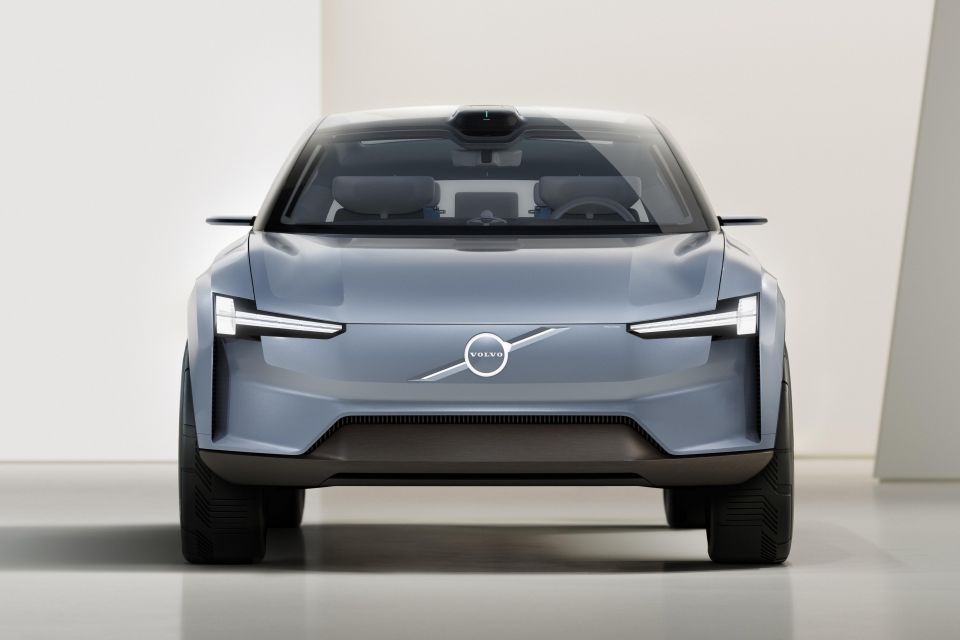
Volvo has also announced it’s planning to use the data from thousands of drivers to quickly adapt its safety systems in real time to make its cars safer.
Where expert car reviews meet expert car buying – CarExpert gives you trusted advice, personalised service and real savings on your next new car.


Matt Campbell
5 Days Ago


James Wong
4 Days Ago


Max Davies
3 Days Ago


Josh Nevett
2 Days Ago


Josh Nevett
1 Day Ago
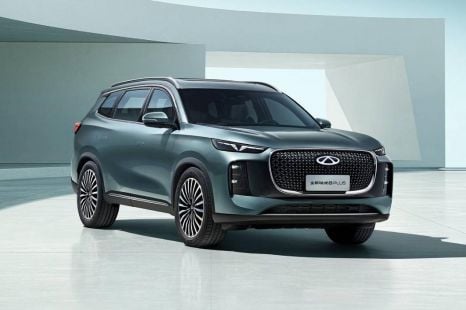

William Stopford
15 Hours Ago